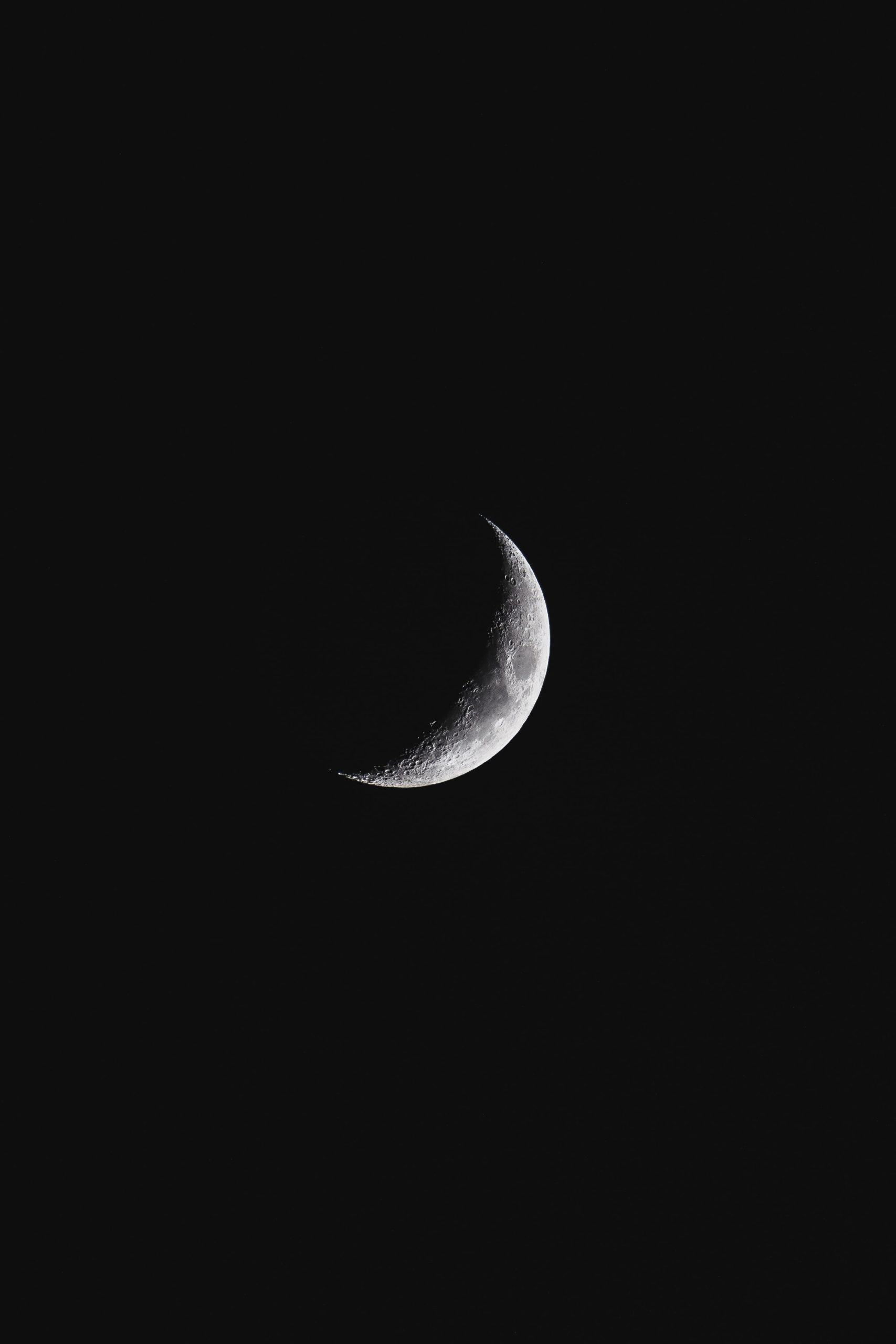Cartomancy History: Unlocking the Secrets of Card Divination
For centuries, humans have sought to uncover the mysteries of the future. One popular method of divination that has stood the test of time is cartomancy. Derived from the Latin word “carta” meaning “card,” cartomancy involves the interpretation of playing cards to gain insights into the past, present, and future. In this comprehensive guide, we will explore the fascinating history of cartomancy, from its ancient origins to its enduring popularity today.
Origins of Cartomancy
The exact origins of cartomancy remain shrouded in mystery, but the practice can be traced back as far as the 14th century. It is believed to have originated in ancient Egypt, where ancient papyrus scrolls depict fortune-tellers using cards for divination purposes. These early forms of cartomancy likely relied on primitive playing cards, similar to tarot cards, which were introduced to Europe during the 14th century.
During the Renaissance period, cartomancy gained prominence in Europe, particularly in France and Italy. Playing cards were widely used for divination by nobles, clergy, and common people alike. The practice was fueled by the belief that playing cards held symbolic meanings that could be decrypted to reveal hidden knowledge.
The Mysterious Tarot Cards
While playing cards were initially favored for cartomancy, the emergence of tarot cards in the 15th century brought a new dimension to the practice. Tarot cards, with their intricate symbolism and archetypal imagery, captured the imagination of fortune-tellers, and they quickly became a staple tool in cartomancy.
Unlike conventional playing cards, tarot decks consist of 78 cards divided into the Major Arcana and the Minor Arcana. The Major Arcana cards represent powerful spiritual archetypes, while the Minor Arcana cards reflect more mundane aspects of life. Each card holds specific meanings and interpretations, and skilled cartomancers use these associations to unveil insights into various aspects of a person’s life.
One of the earliest known tarot decks is the Visconti-Sforza deck, commissioned in the 15th century by the Visconti and Sforza families of Milan, Italy. This deck, adorned with intricate illustrations and rich symbolism, set the stage for the countless tarot decks that would follow.
18th and 19th Century Influence
The 18th and 19th centuries marked a significant turning point in the history of cartomancy. During this time, cartomancy experienced a resurgence in popularity and became intertwined with occult practices, fueled by the burgeoning interest in mysticism and esotericism.
One influential figure during this period was Etteilla, a French occultist and cartomancer. Etteilla invented his own system of cartomantic divination using tarot cards, which he documented in his book, “Etteilla, or the Art of Reading Cards.” His ideas and interpretations significantly influenced the development of cartomancy, and his legacy can still be felt in modern cartomantic practices.
Around the same time, the renowned French occultist Jean-Baptiste Alliette, known by his pseudonym “Etteilla,” further popularized tarot card divination. Alliette’s book, “Manière de se récréer avec le jeu de cartes nommées Tarots,” provided detailed instructions on using tarot cards for divination, making cartomancy accessible to a broader audience.
The 19th century also witnessed the emergence of Lenormand cards, named after the famous French cartomancer, Marie Anne Lenormand. Lenormand decks are different from tarot cards in that they consist of a deck of 36 cards, each depicting a specific situation or symbol. Lenormand cards gained popularity due to their simplicity and practicality, and they are still widely used today for cartomantic readings.
Cartomancy in Modern Times
In the present day, cartomancy remains a popular form of divination, practiced by both professional fortune-tellers and enthusiasts. The rise of the internet has made cartomancy more accessible than ever before, with numerous online resources, virtual readings, and even mobile applications dedicated to the art of card divination.
Modern cartomancy has evolved to incorporate various styles, interpretations, and card decks. While traditional tarot and Lenormand cards are still widely used, newer decks have also emerged, such as oracle cards and angel cards.
Oracle cards, similar to tarot cards, often feature beautiful artwork and encompass a wide range of themes, such as angels, fairies, and Norse mythology. These decks provide practitioners with additional divinatory tools tailored to specific areas of life, offering fresh perspectives and insights.
Ethical Considerations and Understanding Cartomancy
It is essential to approach cartomancy with respect, ethical considerations, and a clear understanding of its limitations. While cartomancy can offer valuable insights into personal and situational dynamics, it should not be seen as an infallible predictor of the future.
A responsible cartomancer will emphasize that the cards represent possibilities rather than certainties. The interpretations derived from cartomancy should be viewed as guidance and suggestions, allowing individuals to make informed decisions and gain a deeper understanding of their own lives.
Conclusion
Cartomancy, with its long and rich history, continues to captivate people around the world. From its ancient Egyptian origins to its enduring popularity in modern times, the practice of interpreting playing cards for divination has evolved and adapted to fit the changing times.
Whether you are drawn to tarot cards, oracle cards, or any other type of card divination, exploring the various aspects of cartomancy can be a fascinating and enlightening journey. As you delve into this mystical realm, remember to approach cartomancy with an open mind, a healthy dose of skepticism, and an appreciation for the profound wisdom that can be unlocked through the symbols and messages of the cards.
Table of Contents
Origins of Cartomancy
Content for “Origins of Cartomancy” section.
The Mysterious Tarot Cards
Content for “The Mysterious Tarot Cards” section.
18th and 19th Century Influence
Content for “18th and 19th Century Influence” section.
Cartomancy in Modern Times
Content for “Cartomancy in Modern Times” section.
Ethical Considerations and Understanding Cartomancy
Content for “Ethical Considerations and Understanding Cartomancy” section.
Conclusion
Content for the “Conclusion” section.
Table of Contents
